Advancing racial equity across the nation remains a significant challenge. Better tools are needed to help ensure public and private efforts deploy resources effectively and produce positive outcomes.
Both the public and private sectors could help in the following ways:
- Support specific research to create data and insights
- Encourage the adoption of national standards to determine the impact of federal, state, and local policies and regulations
- Embed racial-equity standards into funding decisions and tying further funding to evidence-based results.
Research by McKinsey & Company found racial inequities across four economic dimensions: family wealth, income, and savings (as well as consumption), and the community context.
Social systems affect how individuals or families of color play their economic roles as entrepreneurs, workforce, consumers, and community residents. Challenges in the four economic dimensions lead to lost economic value, not only for individuals of color but also for the economy. As a leader, you can help by figuring out ways to remove barriers blocking financial gains across these roles and areas of opportunity.
Consider these dimensions:
Improve family-wealth creation, especially for entrepreneurs:
Black individuals and families struggle to add assets to their personal balance sheets. Black business owners face five stages of challenges along their journey: idea creation, start-up, growth, scaling and eventually exiting.
For example, 50 percent of Black-owned businesses are concentrated within five sectors and the average starting capital for Black-owned companies is $35,000, relative to $107,000 to white-owned firms. Taking in this information, is there something your business or nonprofit could do to either improve this statistic or educate others about these startling gaps in our economy?
Help workers increase family income.
Research by the McKinsey Institute for Black Economic Mobility, in partnership with the McKinsey Global Institute, examined Black workers’ economic position in three areas: labor-force participation, representation in occupations, and pay gaps.
In general, saving is a challenge for Black families because of a lack of options and holes in our financial system. Standard (non-updated) policies and strategies on everything from limited access to federal mortgage lending to geographic barriers and a shortage of bank branches in Black neighborhoods have hindered the economic wellbeing of some Americans. The result is called “financial exclusion.”
Provide community support for all residents.
Community institutions (aka, nonprofits, social impact organizations, foundations) shape outcomes for Black residents, and failure to help close gaps in community institutions will likely further damage economic mobility.
COVID-19 highlighted the gaps even further and, in some instances, expanded them. Again, addressing these gaps within your organization could provide direction and help you set goals for the next several years, as well as positive opportunities to advance racial equity.
Collaborate on a large scale with your community.
It is not news that we all need each other to push the needle forward on significant issues. Solving our biggest challenges does not happen overnight or in a silo. Scaling your projects and advocacy work needs to happen on a national level. Once we reach a national scale to our work, we ensure long-term accountability, implementation of change, and steady growth in the right direction. Yes, working on a national scale means also working across multiple sectors: financial, government, nonprofits, etc.
To embed racial equity throughout the national framework, we need to develop new data findings and publish reports with that information to educate the community. We need to collaborate at scale with task forces that include individuals from the private, public, and social sectors to usher forward a shared goal of advancing racial equity.





